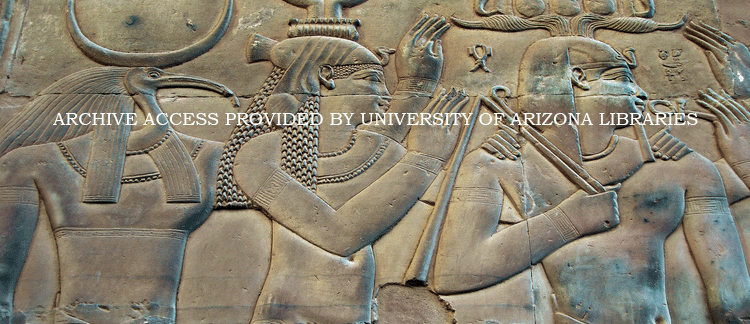Abstract
The statue of Darius I found at Susa provides a striking example for petrifying an identity construction that is transient in nature. Darius I is simultaneously Persian Great King and Egyptian pharaoh. Usually, either one or the other aspect is put to the fore in the preserved media of presentation. The statue in its current headless state combines these identities and presents a new image, which follows neither regional tradition, but is understandable in either of the two (and beyond). Long-term and cross-cultural readability is also explicitly ordered in the commission inscription on the statue, hence this can be equally assumed for the missing head. Based on this hypothesis, the paper at hand reconsiders the scope of potential reconstructions of the statue and, consequently, of the secondary context of erection at the gate building of the “palace of Darius” at Susa.
How to Cite
Wasmuth, M., (2019) “Transient or Eternal? Cross-regional Identity Display Reconsidered: The Missing Head of the Statue of Darius I (NMI 4112)”, Journal of Ancient Egyptian Interconnections 24(1), 49-66.
274
Views
62
Downloads
